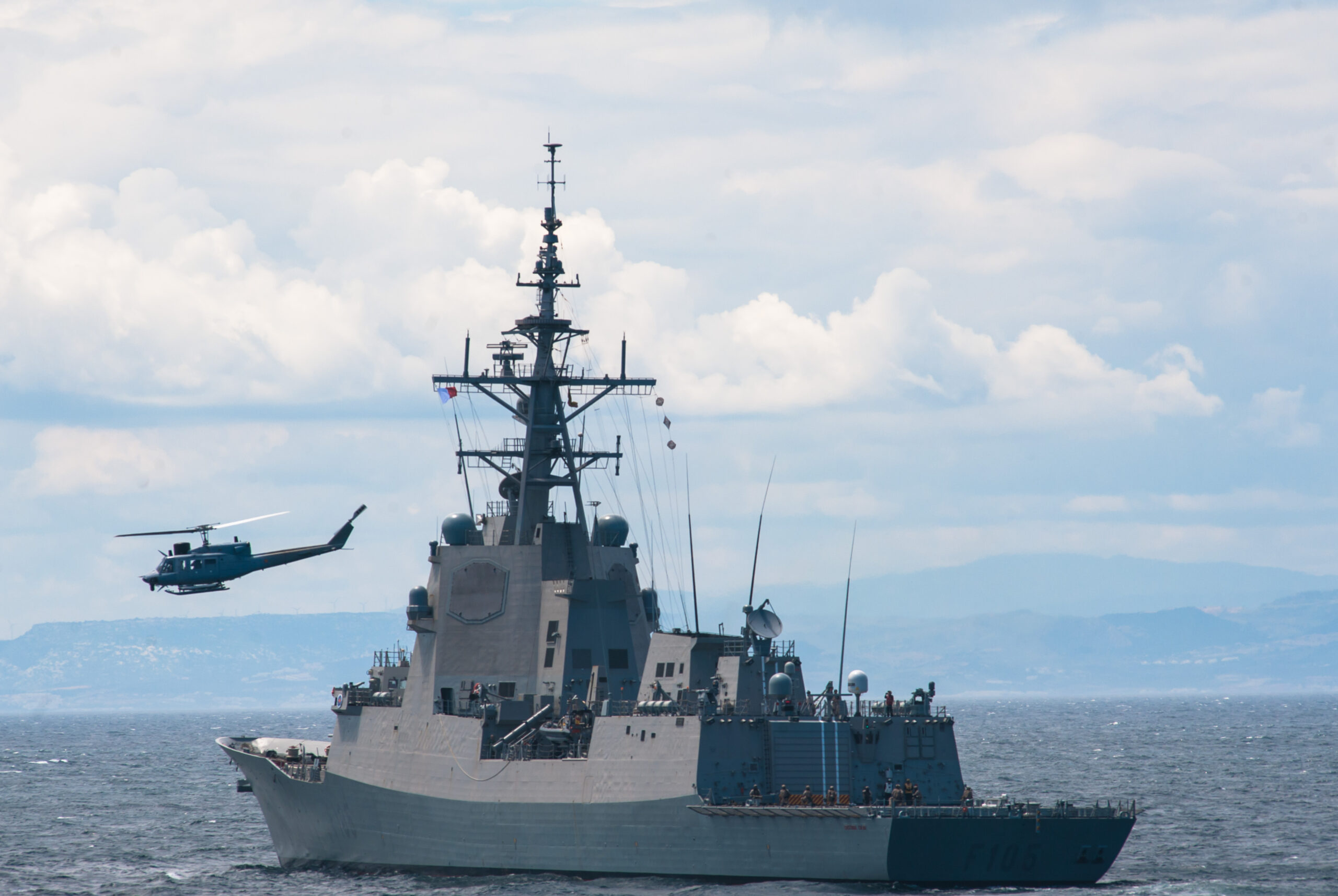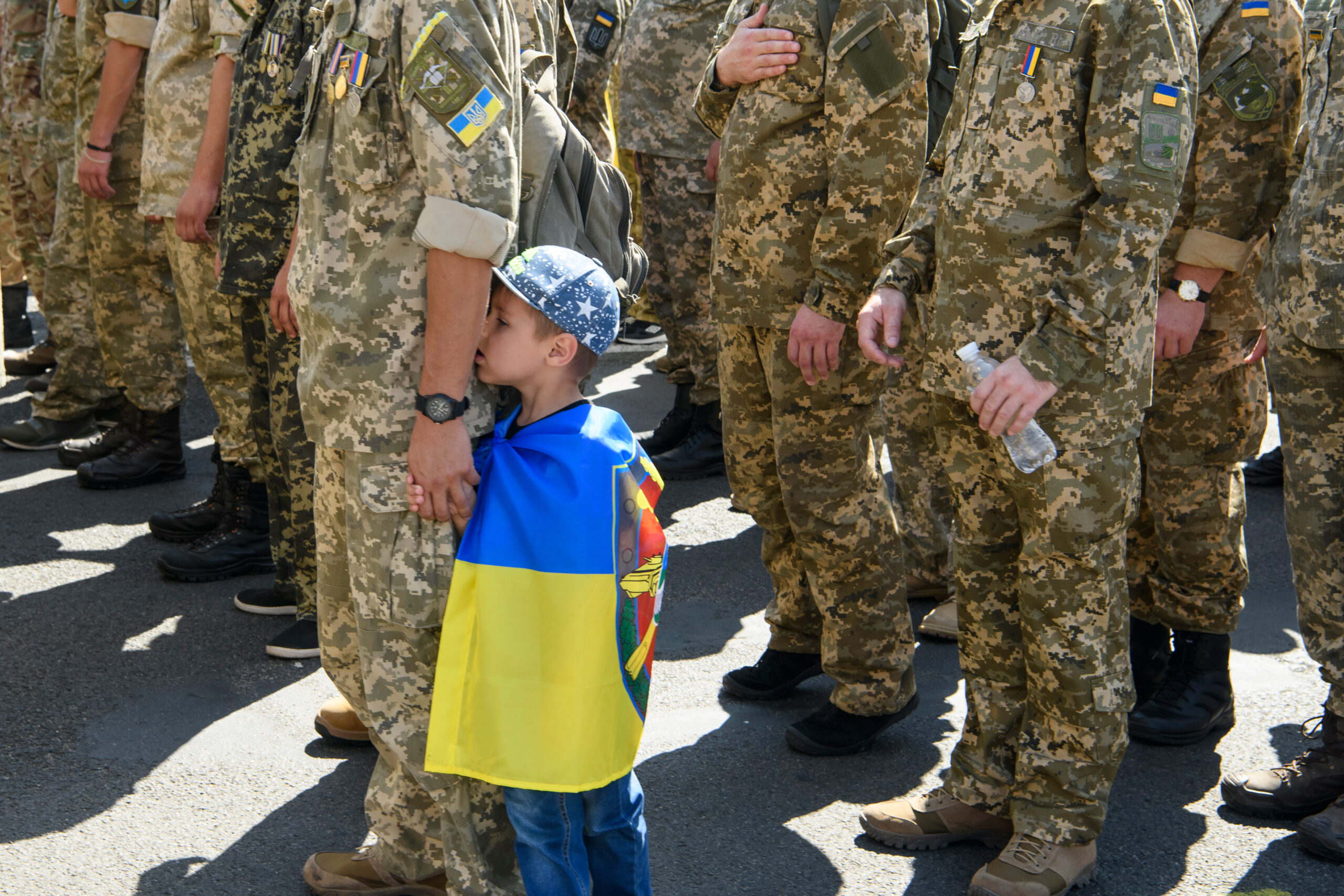On Monday 24 January the European Union again reiterated its support for Ukraine as risk indicators continue to mount. Ireland weighed in on current tensions as Russia conducted unwelcome war games off the south-west coast of Ireland. A potential second order effect of current tensions between Russia and Ukraine is increasing unity amongst most EU members. The EU Foreign Policy Chief Joseph Borrell reiterated that importance of EU and US solidarity in the face of increased international risks. On this week’s podcast, Dominic Bowen talks about his recent time in eastern Ukraine where he was working with local and international actors to understand the local and international risks in Ukraine.
At the same time, the US State Department and the UK Foreign Office are withdrawing non-essential embassy staff from their embassies in Ukraine, and asking families members of essential embassy staff to also leave Ukraine. The UK Foreign Office has said that the withdrawal of embassy staff and their families was “in response to the increasing threat from Russia.”
Russia’s decision to conduct military exercises off the coast of Ireland, within its exclusive economic zone. Noting the concern by government and business leaders about increasing risks in Europe, it is surprising, and perhaps concerning, that Russia is moving troop carriers past Denmark and Sweden and towards the Baltic States, and at the same time conducting military activities near Ireland at the same time as many countries are working with Russia to reduce tensions in eastern Europe.
The continued deployment of Russia military along Russia’s border with Ukraine, including tanks, artillery, and heavy equipment, is complemented by unexpected and unusually large military deployments of Russian soldiers and military assets to Belarus, at least ostensibly for military exercises.

In response to this increase in international risks, NATO allies have increased the readiness levels of their forces ad deploying naval ships and fighter jets to eastern Europe. Also on Monday 25 January, the NATO Secretary General Jens Stoltenberg said that he welcomed the additional deployment and commitment of NATO members and said that NATO would continue to take all reasonable actions to mitigate the likely risks of increasing conflict in eastern Europe.
Russia continues to deny it is planning an attack against Ukraine and argues that NATO’s actions are actually the biggest threat to peace. Russia has argued that it is Ukraine that is deploying large numbers of troops near the areas of Ukraine controlled by Russian-backed separatists. Most of Russia’s neighbours do not seem convinced that Russia does not present a risk, with Latvia’s Foreign Affairs Minister, Edgars Rinkevic calling on NATO to respond to Russia’s continuous military build up with appropriate defence and deterrence countermeasures. Reports from the US indicate the US President Biden is considering the deployment of thousands of US troops to NATO member states in the Baltics and eastern Europe. Denmark is sending a navy frigate to the Baltic Sea and deploying F16 fighter jets to Lithuania to mitigate the growing risks. Spain is assessing the possibility of deploying fighter jets to support Bulgaria. France has said it is ready to send troops to support Romania from any risk. Russia has said in response that it will continue to move troops and military equipment wherever they want.
The UK Prime Minister Boris Johnson has said that any invasion of Ukraine by Russia would be a “painful, violent, and bloody business” and a “disasterous step”.
The international risk landscape in 2022 continues to look challenging and we can be confident that powerful countries will continue to compete for power, resources, intellectual property, and emerging technologies. As we have observed, influential countries will use all available instruments of power, including information and cyber means, to shape societies and markets, international rules, institutions, and areas of interest, to their advantage.

Pingback: INTERNATIONAL RISK OUTLOOK FOR 2022 – The International Risk Podcast
Pingback: Episode 58: with Dominic Bowen discussing Ukraine, Russia, and adapting business operations in the midst of a potential invasion – The International Risk Podcast
Pingback: Crisis management and international risk – The International Risk Podcast
Pingback: Jaroslava Barbieri – The International Risk Podcast